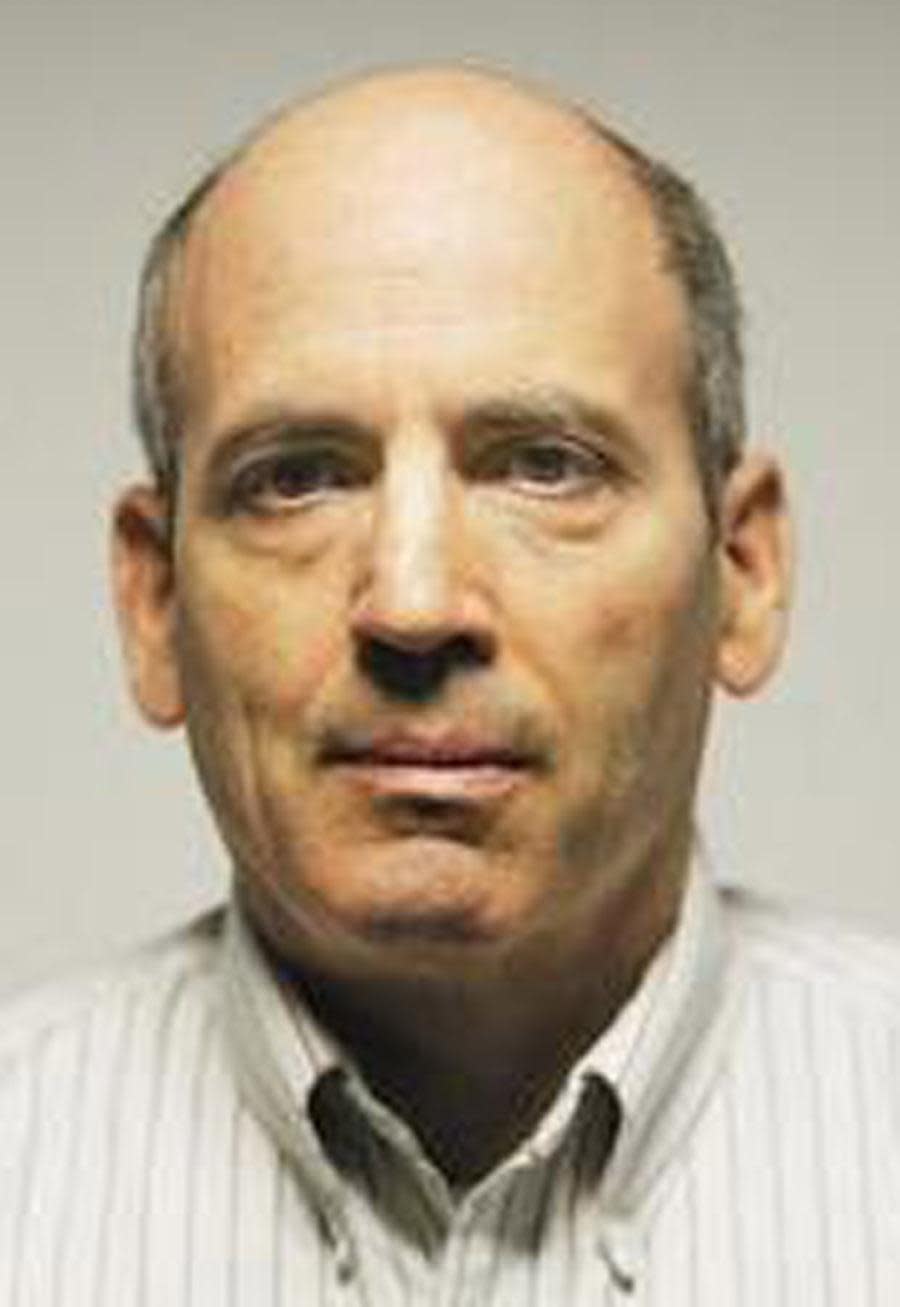Essay/Joel Freedman: The beneficial results of an author’s honest mistake
During the final months of World War II in the Pacific, when Mount Suribachi was under American control during the bloody battle for control of the small island of Iwo Jima, on Feb. 23, 1945 U.S. Marines raised the first U.S. flag on top of the mountain. Two hours after the first flag was raised, Marine Corps leaders, wanting our flag to be better seen on the other side of Mount Suribachi by thousands of Marines still fighting the Japanese, ordered the flag to be replaced by a larger flag.
Capt. Dave Severance, of Easy Company, ordered Sgt. Michael Strank, a rifle squad leader from 2nd Platoon, to take three of his Marines to the mountain top to raise the second flag. Strank chose Cpl. Harlon Block, Pfc. Ira Hayes and Pfc. Franklin Sousley to assist him. As Strank, Block, Hayes and Sousley prepared to raise the flagstaff, Block called out to two nearby Marines from the patrol of 1st Lt. H. “George” Schrier — Pfc. Harold Schultz and Pfc. Harold Keller — to help with the flag-raising.

Schrier then instructed the above named six Marines — Strank, Block, Hayes, Sousley, Schultz and Keller — to raise the second flag while Pfc. Rene Gagnon and three Marines lowered the first flagstaff. In order to keep the flagstaff in a vertical position, it was stabilized with rocks and ropes by several other men.
Associated Press combat photographer Joe Rosenthal had climbed Suribachi with two Marine photographers, enabling him to take the famous black-and-white photograph of the second flag-raising. Within a few days, Rosenthal’s photograph was featured in newspapers and magazines throughout America, becoming an immediate reinforcement of national pride and patriotism. President Harry S Truman used it successfully to sell bonds to finance the rest of the war.
Until recent investigations concluded otherwise, the six men depicted in Rosenthal’s photograph were identified as Hayes, Sousley, Block, Strank, Gagnon and John Bradley — a Navy combat medic assigned to Marines’ units in the Pacific.
More recent investigations have determined that Hayes, Sousley, Strank and Block were correctly identified, but that Keller and Schultz, not Gagnon and Bradley, were the other two men in the photograph.
Twenty-one years ago, “Flags of Our Fathers,” by James Bradley — son of John Bradley — was published. When I recently read this book, I was aware that newly revealed information contradicted Bradley’s belief that his father and Gagnon were in Rosenthal’s photo. Otherwise, however, what I read was a powerful, insightful, beautifully written account of the harrowing realities of the battle at Iwo Jima for all the brave Americans who fought in it.
If you read “Flags of Our Fathers,” you will realize that Bradley’s father’s undaunted courage saved the lives of many of the men he helped in combat — even though John Bradley told his son that “the real heroes of Iwo Jima were the guys who didn’t come back.” This included flag-raisers Block, Sousley and Strank, who were killed in combat after the flag-raising. John Bradley also reportedly played a part in the flag-raising, even if he wasn’t one of the six men in Rosenthal’s photo.
When I finished reading “Flags of Our Fathers,” I was actually grateful that James Bradley made the honest “mistake” he made. It was his belief that his father was one of the men in the famous photograph that was a motivating factor for researching and writing his wonderful book.
At the same Wood Library book sale where I purchased “Flags of Our Fathers,” I also purchased Bradley’s book “Fly Boys: A True Story of Courage,” published in 2003 — three years after publication of “Flags of Our Fathers.” Reading both books proved to be a highly dramatic experience for me. “Fly Boys” not only reveals what really happened to eight American airmen who were downed during bombing raids over the Pacific, the book is also a memorable depiction of the battle on Chichi Jima and combat elsewhere in the Pacific theater of the war.
But if “Flags of Our Fathers” had not been written, it is doubtful that Bradley would have written “Fly Boys,” either. It was only after publication of “Flags of Our Fathers” that Bradley developed a professional relationship with Iris Chang, author of the best seller “The Rape of Nanking.” In February 2001, Chang suggested that Bradley contact an Iowa man, Bill Donovan, who had some information that might interest Bradley.
Bradley visited Donovan, who possessed the transcript of a secret war crimes trial held on Guam in 1946. At that time, Donovan, a recent U.S. Naval Academy graduate, had been ordered to attend the trial as an observer. He was not supposed to reveal what he would hear at the trial.
But in 1997, when the trial of the Japanese defendants was declassified, Donovan secured the transcripts, which contained the full proceedings that established the fates of eight American flyers downed in the ocean near Iwo Jima during World War II. Each was shot down during American bombing of Chichi Jima, north of Iwo Jima.
Just as a stack of papers his brother found in his father’s office closet after his father’s death in 1994 launched James Bradley on a quest described in “Flags of Our Fathers,” Bradley now possessed a stack of papers that would become the beginning of a new journey you will learn about if you read “Fly Boys.”
As I wrote this essay, I remembered a mistake I made that had me wishing an extraterrestrial spaceship would abduct me and take me to some other world; however, many good things happened for me and others as a result of my mistake. I am sure many readers have had similar experiences. We can really learn valuable lessons from our mistakes.
Joel Freedman, of Canandaigua, is a frequent Messenger Post contributor.
This article originally appeared on MPNnow: Essay: The beneficial results of an author’s honest mistake

